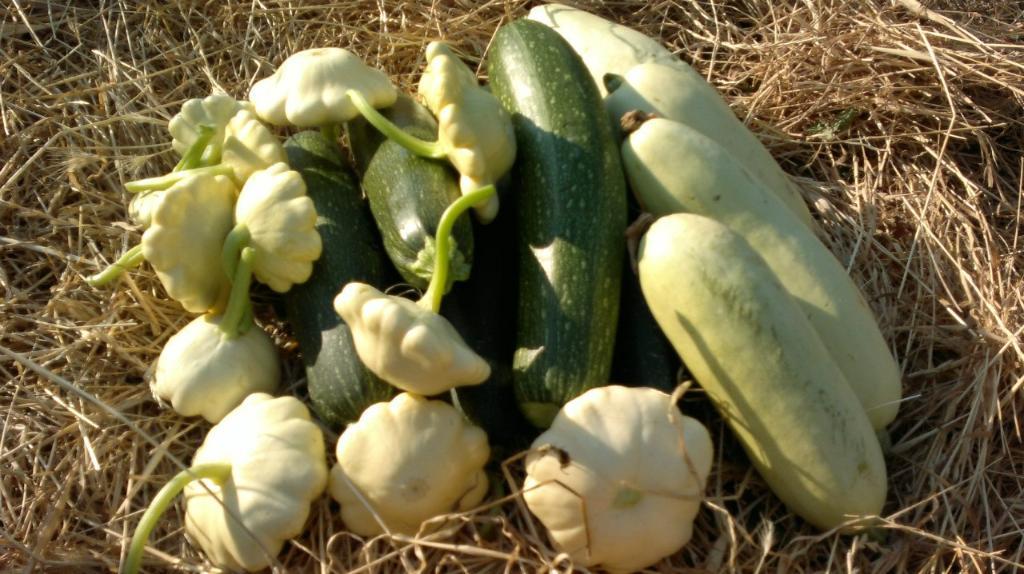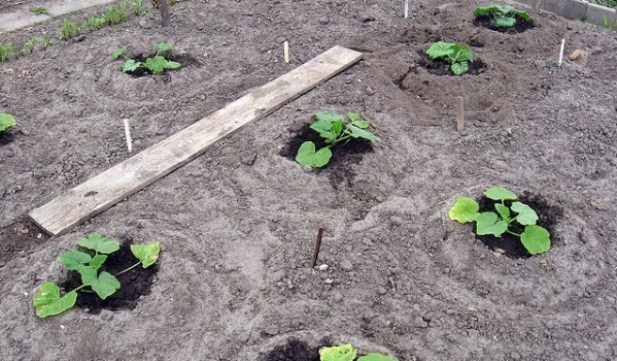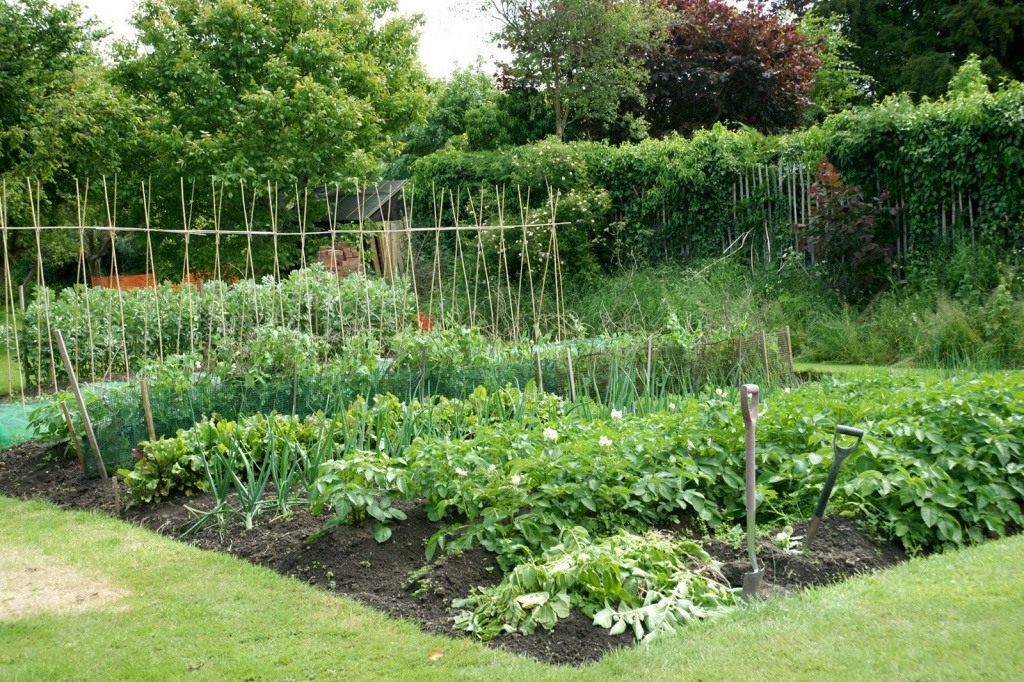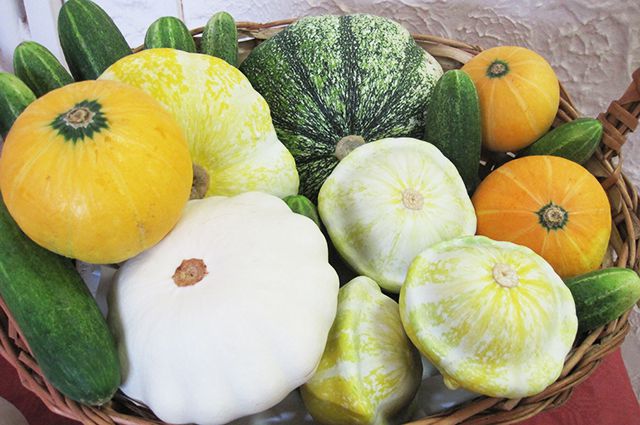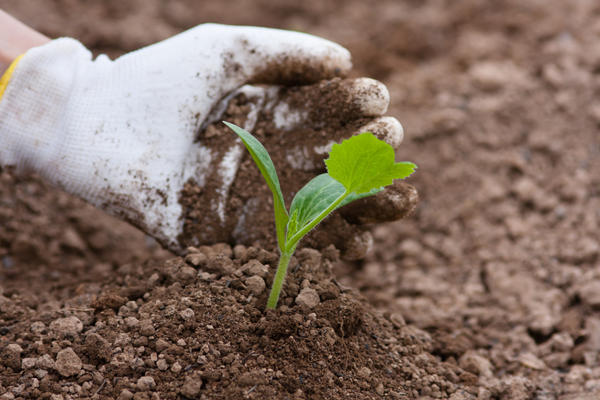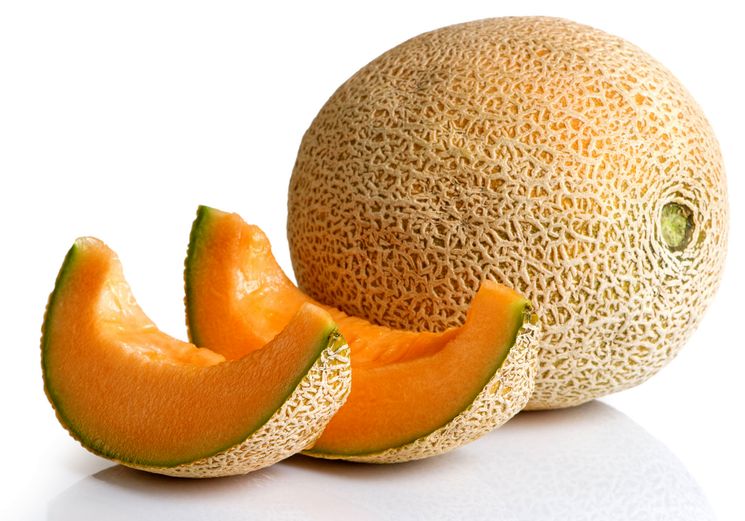Content:
Zucchini and squash are some of the brightest and most delicious vegetables cultivated in home gardens. These plants perfectly tolerate temperature extremes and other natural disasters. Also, these vegetables are practically not attacked by various insect pests. If you tie these positive qualities together, it turns out that vegetables bear fruit equally well in both dry and rainy years. But is it possible to plant zucchini and squash together, the following material will help to understand.
Conditions for growing zucchini
Most experienced and novice gardeners grow zucchini on their backyards. The culture is quite unpretentious in care and bears excellent fruit, and its fruits are used in many culinary dishes. Often, the vegetable is used to prepare delicious dietary meals, because they have good taste. Winter canned food is also prepared from them, for example, canning or preparing caviar. And yet, when cultivating this vegetable, it is necessary to follow some rules, and then the zucchini will delight you with a bountiful harvest.
Seed selection
The first thing to do before sowing a crop is to choose the right seed variety. After all, the abundance of the future harvest depends on them!
With proper and timely care, each of the varieties will be able to please the gardener with an abundance of beautiful and tasty fruits.
Preparing the soil
Zucchini are rather capricious about different types of land, because of this, it is necessary to fertilize the beds, based on this.
- Peat soil. Well-rotted compost is excellent for feeding plants growing on this type of soil. It should be applied at less than 2 kg per square meter. In addition, when cultivating beds, you need to add 1 bucket of clay soil per 1 square meter.
- Sandy soil. For one square meter of soil, it is recommended to add turf, humus and sawdust.
- Chernozem soil. Beds with such soil are recommended to be seasoned with ash and sawdust.
- Clay soil. Ash and sawdust.
- Loamy soil. To improve the fertile properties, ash and sawdust must be added to the loam.
If the vegetable is planned to be planted on a virgin plot of land, then it must be properly processed before planting. The first step during digging is to remove all dug weed roots. Then humus or compost is added, as well as ash.
Planting seeds
Zucchini seeds, as a rule, are sown in holes, placing them three pieces per square meter. The seeds are placed at a distance of 50 cm from each other. It is imperative to pour one tablespoon of wood ash and humus into each moon.
Watering
Zucchini should be watered regularly and abundantly at the root, avoiding water getting on the leaves of the plant. Before flowering, zucchini is watered at least once a week, and then watering is done twice a week.Without regular watering, the inflorescences and young ovaries will begin to dry out and fall off.
What can you plant zucchini with
When planning the location of the beds in the garden, plant compatibility must be taken into account. Experienced summer residents have repeatedly faced the problem of poor fruiting of this or that plant, and the reason for this is quite commonplace - the incompatibility of plants planted in the neighborhood. So what can you plant next to zucchini in the open field?
- Zucchini grows quite successfully on the same bed together with winter garlic or onions. When the plant starts spinning, the time will come to harvest the onions and garlic, so there is enough space for it.
- You can grow green lettuce, radishes, or dill on a squash bed.
- Zucchini love to coexist with any legumes, for example, peas or beans can be sown next to a zucchini ridge. Since it is legumes that are capable of ozonizing the soil.
- Near the ridge with pumpkin seeds, you can plant a ridge of turnips or beets.
- Tall sunflowers or corn are perfect for the neighborhood. Moreover, these plants will not interfere with each other.
- Black radish can become a good neighbor for pumpkin, and its smell will scare off various pests, including a spider mite.
- The vegetable goes well with tomatoes. Moreover, tomatoes are able to protect the plant from aphids, moths and sawflies.
What you can not plant zucchini
Plants grow on almost every garden plot, the neighborhood with which is simply destructive for a vegetable marrow. And many amateur gardeners are wondering if it is possible to plant zucchini and cucumbers together.
Conditions for growing squash
Squash is a plant of the pumpkin family; in its taste, the vegetable is very similar to a vegetable marrow. But the appearance of the plant differs significantly from its counterpart. In addition, squash does not grow in the wild. The second name of the squash is "Dish-shaped pumpkin".
Crop rotation
Any plant of the pumpkin family is returned to its original planting site only after a few years. The best precursors for planting any varieties of cabbage, as well as potatoes. In no case should you plant a crop after zucchini or pumpkin.
Soil preparation
A fertile bed for sowing squash is best prepared in the fall. The autumn application of humus and rotted compost will significantly reduce the acidity of the soil, as well as fertilize it. Mineral fertilizers are best applied in spring and summer.
Seed preparation
To get a good harvest of squash, the seeds must be properly prepared for planting.
- Disinfect in a weak solution of potassium permanganate for half an hour. Then rinse and dry thoroughly.
- In order for the germination to be higher, experts advise, a couple of days after disinfection, to soak the seeds in a boric acid solution for one day. Then they need to be rinsed and dried again.
- Immediately before planting, the seeds are soaked in warm water so that they hatch.
It is best to plant dish pumpkin in late May or early June. Since at this time there is no longer a threat of night frosts. In the regions of the Urals and Siberia, it is generally better to grow squash in greenhouses. Or plant seedlings in open ground no earlier than June 15.
Watering
Dish-shaped pumpkin does not tolerate watering with cold water, it immediately begins to hurt. That is why only warm water should be used during watering.Plants are watered strictly at the root, along pre-made furrows. When water gets on the leaves of a plant, it begins to get sick. The watering procedure must be carried out at least once a week. And then the soil around the plant must be mulched to allow moisture to remain in the soil as long as possible.
Neighborhood zucchini and squash
Some inexperienced gardeners often wonder whether it is possible to plant zucchini and squash next to it. Can. After all, squash and squash require almost the same care and watering. The fertile soil layer for planting should be identical.
Planting zucchini and squash in one bed
A sunny and calm place is best for growing pumpkin crops. The distance between the bushes should not be less than 70 cm. It is best to plant the seeds at a distance of 90 cm from each other.
Squash and squash can be planted in two ways:
- The first is in a line.
- The second is staggered.
The main thing for any type of planting is to maintain the correct distance between the planted crops.
After the ideal place has been chosen and the soil has been prepared, it is necessary to make holes and fill them with a layer of ash and humus. Then pour well with warm potassium permanganate solution. Seedlings must be buried down to the cotyledon leaves. If vegetables are sown with seeds, then it is best to bury them to a depth of 2-2.5 cm.
Care
Like other plants, pumpkin seeds in the garden need constant weed removal.
During the period of active growth and flowering, the plants must be fed with a solution of chicken manure and mullein.
Zucchini and squash can be planted side by side. Especially in greenhouse conditions, they will be less likely to succumb to insect attack and will always be at the same air temperature.
